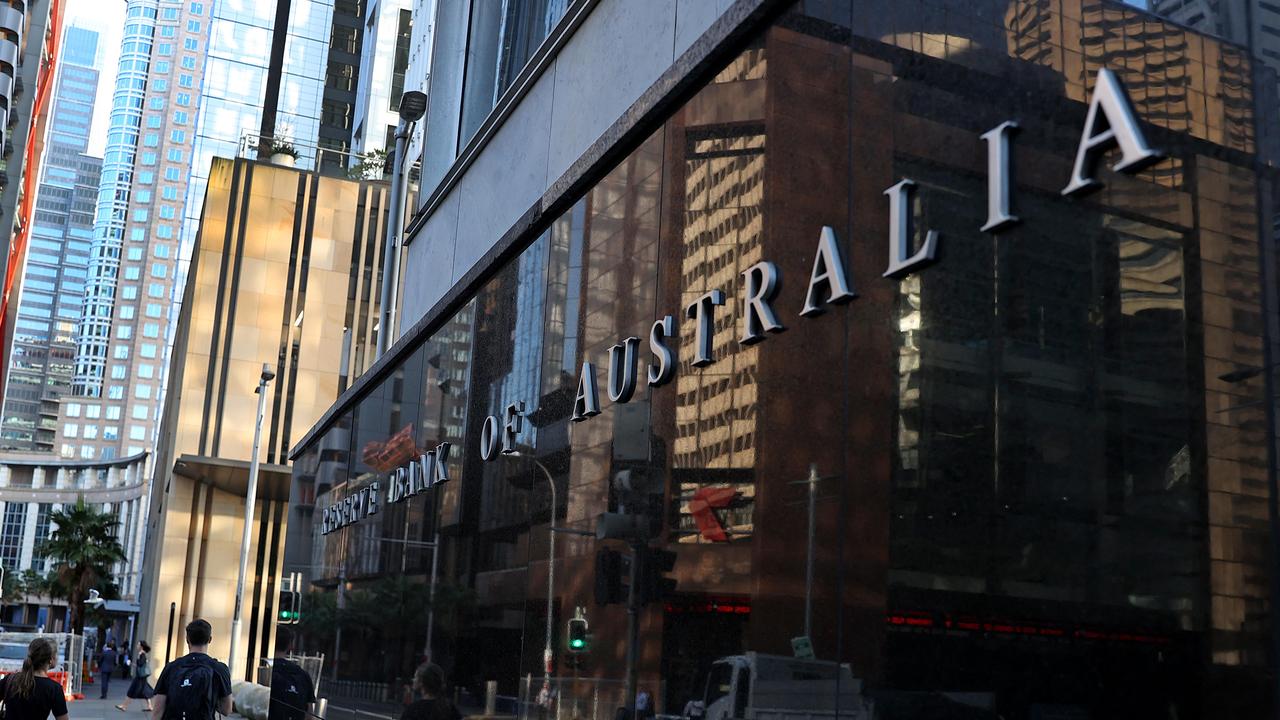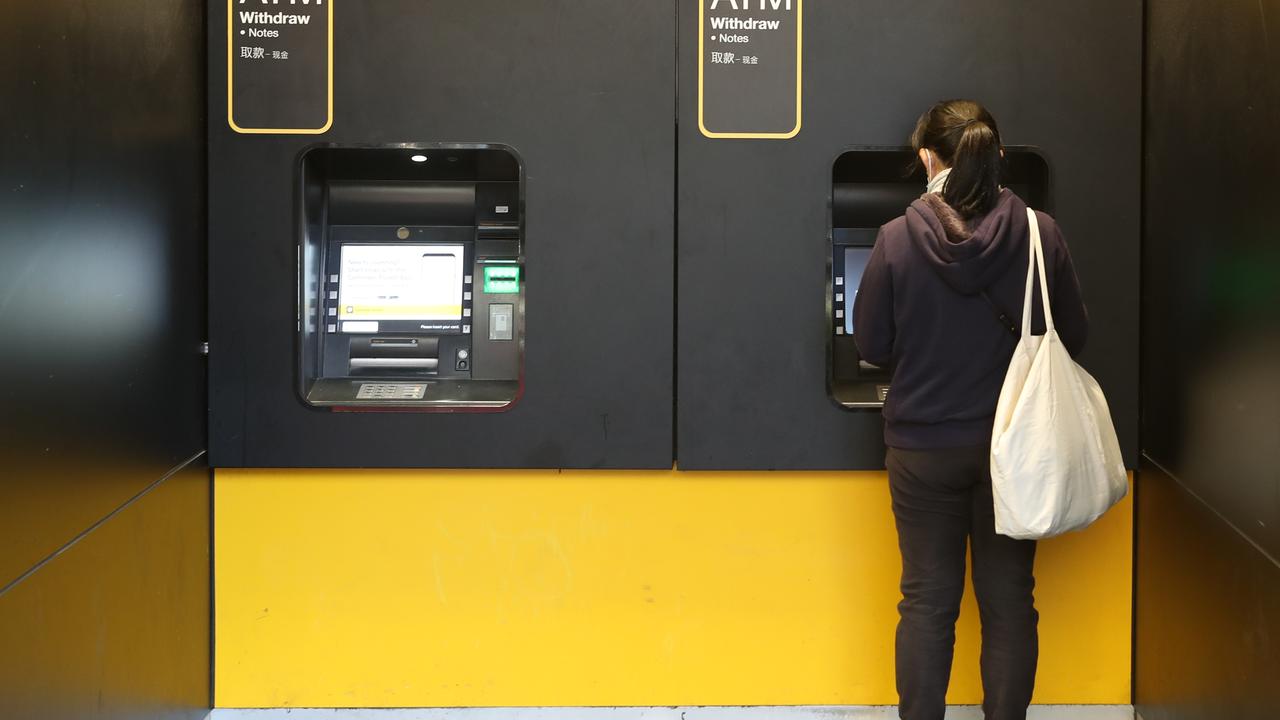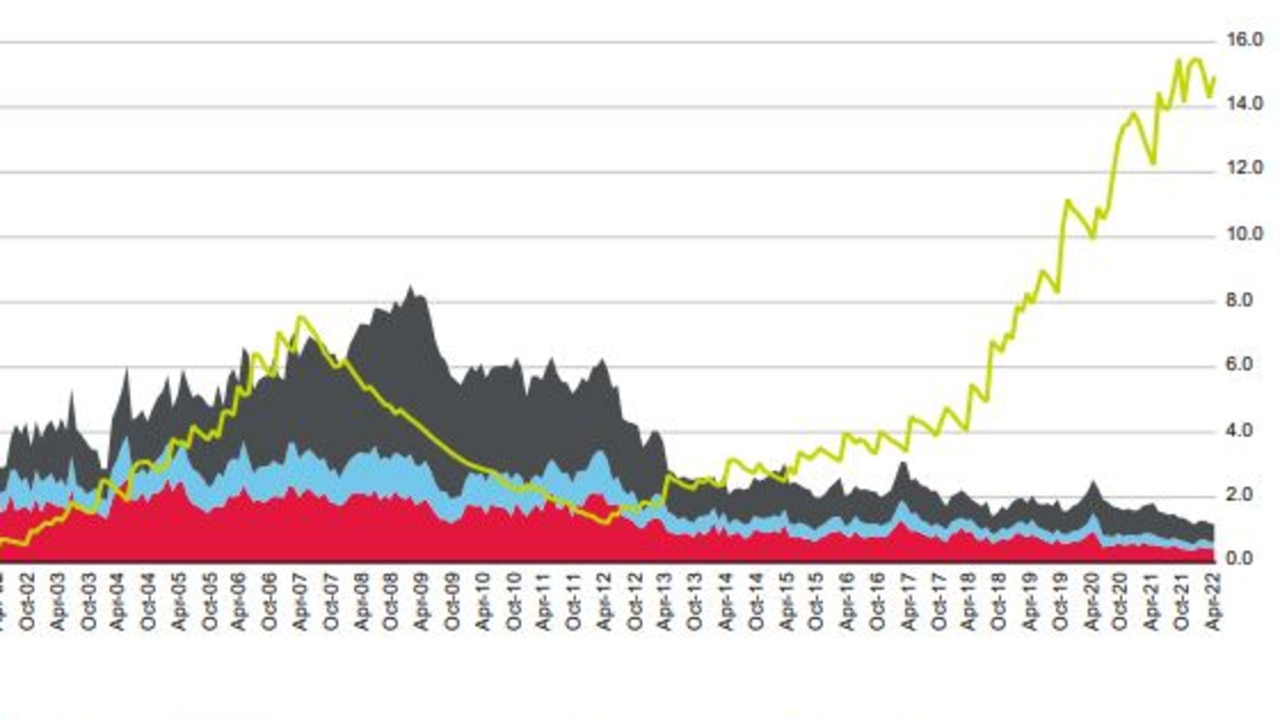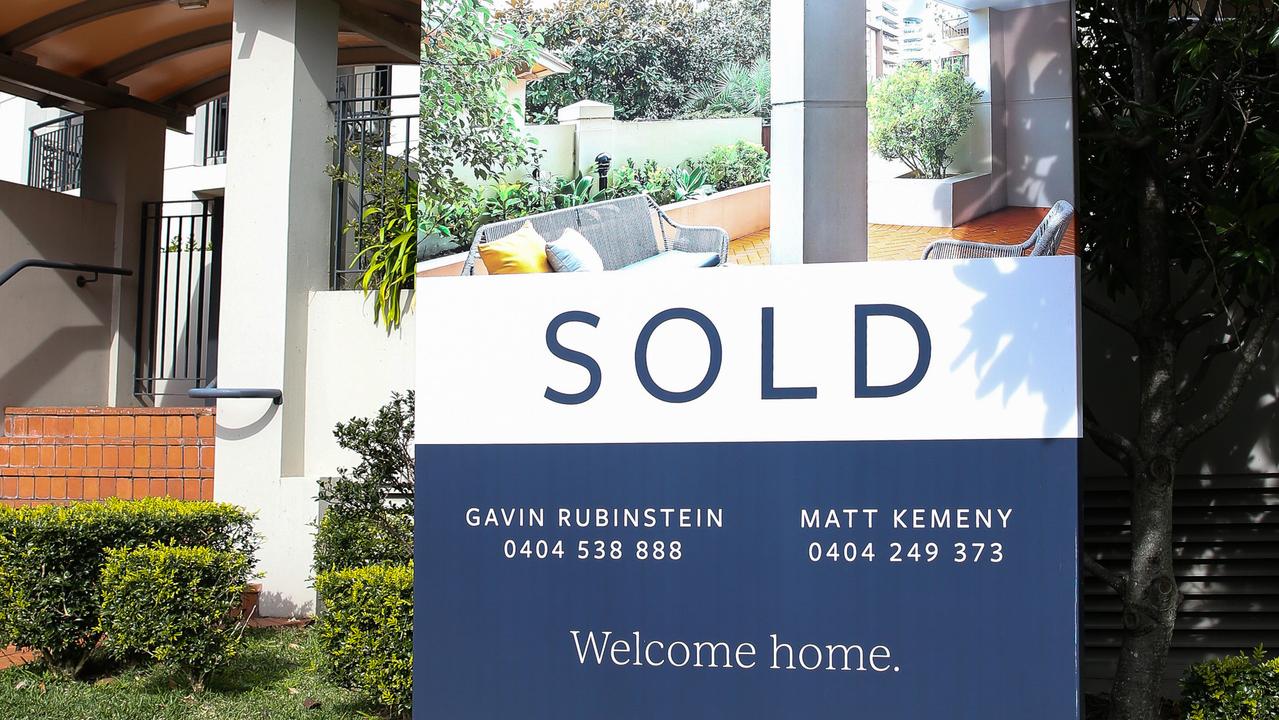But not all homes are made equal, and buyers are becoming more picky — with newly renovated, turnkey properties now in demand, auctioneers say.
Stefan Stella from Ray White Glenroy, whose sale of a $1.5 million East Brunswick terrace to a young couple who “weren’t really looking” went viral over the weekend, told news.com.au there was “a bit of turmoil” in the market but that “anything that’s priced correctly does sell”.
“I had another auction on Saturday that was a complete dead duck, no action whatsoever,” he said.
That property, a 700 square meter corner block development site, would have normally sold for $1.3 million to $1.4 million, but passed in at $1.1 million.
Given the troubles in the building industry, Mr Stella said properties that are already renovated are more desirable.
“Basically anything that is going to require work, people are now taking into consideration the additional time and costs,” he said.
“Barkly Street was an exception, it’s the best street in East Brunswick.”
When prices began to fall earlier this year, Mr Stella said many sellers baulked at taking a haircut on a “superior property” to one down the street that might have sold for a higher price just a few months earlier.
“With all the negativity in the media the past three or four months, I’d say now most people are accustomed to the market that is, whereas at the start they were utilizing comparable sales from three months earlier when the market was no longer comparable. ,” he said.
“That’s where it was hard. Everything is still selling provided it’s priced right.”
Mr Stella said apartments had been worst affected by the downturn, followed by unrenovated properties.
“And then the townhouse market, I think because of its pricepoint, you generally find it holds its own a little bit more,” he said.
Meanwhile, Sydney-based auctioneer Tom Panos said in a video update on Saturday that seven out of his 10 auctions that day sold.
“That’s a pretty good result – 70 per cent today, which is saying to me two things,” he said.
“Number one that there is settling and normality coming into the market.”
Mr Panos said the media was the “best vendor manager in real estate at the moment”.
“Every time I walk into a property the first thing I ask is, ‘Mr and Mrs Vendor, what’s your understanding of the current market?’ Nine out 10 vendors say to me, ‘We know it’s hard, and we know it’s getting harder.’ And for that reason you are getting vendors that are either giving you reserves that are realistic, or they’re giving you optimistic reserves with a fallback number which is normally good enough to sell a property,” he said.
After a few weeks of “OK results” – Mr Panos in July said he was “really stressed” after almost no buyers showed up to his auctions – the real estate coach said there was a “settling in the market and people are accepting these are the new values”.
“The real question is going to be, what’s going to happen in September, October, November as the market appraisals start lining up now as we end the winter, and we move into our spring selling season which sees an upswing in listings?” he said.
“One would assume that more listings should see a softening of prices. But the softening’s already happened. I’ve said it before, there’s a data lag that economists are missing by about three, four months. The market has already been repositioned in most areas by 10 per cent, even 15 per cent, some markets even 20 per cent. But realistically, we’re probably going to see another softening of around five, 10 per cent. We’re close to the bottom I think.”
He pointed out that “every time there’s a rate rise that equates to 1 per cent, it basically means borrowers get 10 per cent less from their bank”.
“So if you get a 2 per cent increase in interest rates, you’re roughly looking at approximately a 20 per cent drop in borrowing availability for a buyer from a bank,” he said.
“This is an important number because what’s it’s basically telling us is that if rates keep going up at the speed that they’re going up at the moment, that buyers are going to have less money.”
Mr Panos speculated that this is why there were “a few buyers that are rushing in and snapping up property”.
“They’ve sat down with their mortgage broker and their broker has basically said to them, ‘Listen, there’s two sides to this. Yes there might be a further dropping of prices, but since they’ve already dropped, and you’ve got this loan approved right now, use it, secure a home that you like, and even if you haven’t bought at the bottom , you are keeping it for the next five, 10 years. But if you don’t buy it right now, guess what happens? You might not have the same amount of money out in the marketplace because you’re going to be rerated by the banks.’”
It comes after the Reserve Bank hiked interest rates for the fourth month in a row last week.
The 50 basis-point increase at the central bank’s August meeting brings the official cash rate to 1.85 per cent, up from the record low 0.1 per cent it was up until May.
Already, the rise in interest rates has pushed house prices down in most major cities as borrowers stare down the barrel of higher monthly payments.
PropTrack’s Home Price Index shows a national decline of 1.66 per cent in prices since March, but some regions have seen much sharper falls.
“As repayments become more expensive with rising interest rates, housing affordability will decline, prices pushing further down,” PropTrack senior economist Eleanor Creagh said.
There were 1080 auctions across the country on Saturday with 51.3 per cent sold, according to preliminary clearance rate data from PropTrack.
Melbourne saw 364 auctions with a clearance rate of 59.1 per cent, while Sydney had 354 auctions with a clearance rate of 48.9 per cent.
“It was a quiet week for auctions across the country,” Ms Creagh said.
“Although, clearance rates ticked up in Brisbane, Melbourne, Sydney, Adelaide and Perth despite the third consecutive outsized rate rise delivered last week which brought the cash rate to the highest it’s been in six years. We are perhaps reaching a point where vendor price expectations have lowered after several months of price falls in some parts of the country, so more properties are clearing at auction.”
Ms Creagh added that buyers were also aware that borrowing power would be “further constrained with rates continuing to rise and so some are taking advantage of the increased choice available now”.
“New listings have remained strong and although prices are falling, there is lots of choice for buyers,” she said.
“That said, sales volumes are slowing as housing market conditions have moderated with rising rates.”
[email protected]
.









